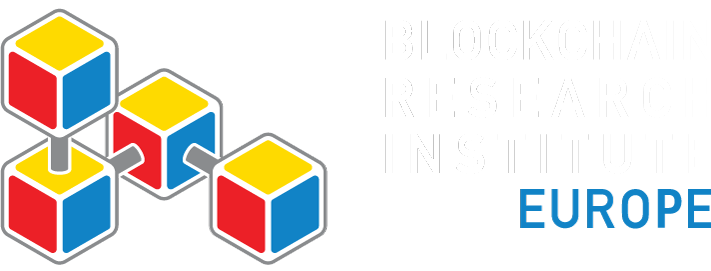The Ledger of Every Thing
Report Overview
Author: Dominique Guinard
Release Date: November 22, 2017
Abstract:
This project explores the intersection of Internet of Things and blockchain as a means of securing transactions among objects, realizing efficiencies, establishing appropriate boundaries between public and private, and developing strategies for business leaders across industry. It maps out the typical architecture of an IoT deployment in terms of connectivity, identity, sensing, and actuation. The author walks through the challenges of centralized and decentralized IoT designs, from scalability, latency, and transaction costs to privacy, durability, and interoperability of systems.
